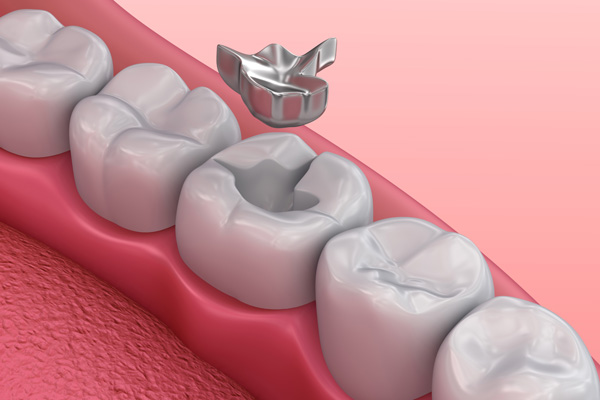


 Tooth colored fillings are used to fill in holes in the teeth caused by decay. Professionals mold the fillings out of composite resin. Once the dentist cleans the tooth's cavity, the dentist fills and closes off the hole with the filling. The fillings match a patient's natural teeth to ensure a normal-looking smile. Composite resin fillings may be strong enough to withhold bite pressure from the back molars.
Tooth colored fillings are used to fill in holes in the teeth caused by decay. Professionals mold the fillings out of composite resin. Once the dentist cleans the tooth's cavity, the dentist fills and closes off the hole with the filling. The fillings match a patient's natural teeth to ensure a normal-looking smile. Composite resin fillings may be strong enough to withhold bite pressure from the back molars.
Advancing technology for dental cavities
Your tooth's enamel is an extremely strong substance. The enamel protects your teeth, but when you eat sugar and starch, bacteria feed and create an acid that wears down the enamel. According to Colgate, about 85% to 90% of all adults have cavities. Additionally, about 60% to 90% of children have cavities.
Cavities refer to holes that form in the tooth. Without treatment, cavities can compromise the tooth's structure and lead to oral infection. To treat decay, dentists utilize fillings. Composite fillings are among the most popular.
The history of composite fillings
The first tooth colored fillings appeared in the 1960s. To make composites, professionals used tertiary amine and benzoyl peroxide. In the 1980s, the mixture became a mix of resin and glass ionomer. Through the 1990s and 2000s, hybrid composites began to improve on the old methods. Many patients began to prefer tooth colored fillings because they have a more natural appearance compared to silver ones.
The current filling technology
To create tooth colored fillings, a professional mixes acrylic resin, and powdered glass. The dentist removes the decay and layers the composite material. To harden or cure the material, dentists use a special light. Once complete, your dentist may grind the resin to fit the tooth and polish it. Composite resin fillings can restore most of the tooth's original strength.
The future of dental fillings
Dental filling technology continues to improve. One cavity treatment that patients may see in the future is resin infiltration. Professionals apply a product to the small spaces between the teeth to treat small cavities. Dentists press a gel between the tooth surfaces to prepare for resin. Next, the dentist places a plastic sheet between the teeth and fills the cavity by pushing resin through the sheet. Once caries absorb the resin, dentists can use a curing light to harden the material.
Another future filling technology is teeth regeneration. Scientists currently work with mice and rats to regrow teeth with a self-repair mechanism. The bioengineer behind the technology means to boost the tooth's natural healing ability by mobilizing stem cells in the dental pulp. Dentists would access a drug and inject it into the cavity as a gel. Once inside the cavity, dentists may cure it with ultraviolet light.
Conclusion
Dental technology never stops advancing. Throughout the decades, tooth colored fillings became more durable, natural-looking, and easier to care for. Dental advancements will continue to happen. Patients with cavities may continue to have more options available to them.
Request an appointment or call Southern Cal Smiles: Susan Fredericks, D.D.S, M.P.H. at 818-657-8055 for an appointment in our Woodland Hills office.
Related Posts
If you have experienced a cavity at least once, you almost certainly have had a dental filling. Composite fillings are made of resin and glass instead of metal. This variety of filling has become increasingly popular for its cosmetic benefits.Composite fillings, like other varieties of fillings, are often recommended by dentists after you suffer a…
Composite fillings are a common treatment for filling cavities and addressing tooth decay. These treatments often use tooth-colored, durable materials that can last for several years, but only if the filling is taken care of properly. It is important to avoid eating certain foods after getting a filling in order to protect the procedure and…
Composite fillings, especially newer ones, are reasonably strong and durable, but they can wear out over time. Excess pressure, such as may occur when you grind your teeth, can cause them to wear out more quickly. Poor dental hygiene may contribute to decay that can compromise fillings. A filling that is loose is not a…


